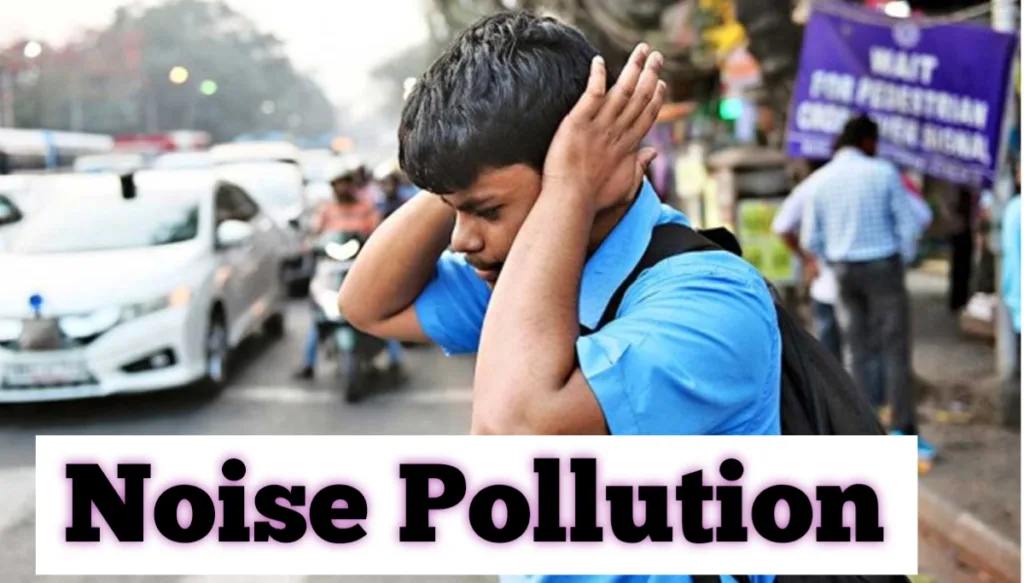Noise pollution refers to the excessive, undesirable, or disturbing sound that interferes with normal activities and disrupts the natural balance in the environment. This type of pollution is characterized by the presence of loud or intrusive sounds in the atmosphere that can be harmful to human health, wildlife, and the overall well-being of an area.
Sources of noise pollution can vary widely and may include :
“Harmony Lost: The Battle Against Unwanted Sound”
- (Noise- Pollution)Transportation: Traffic noise from cars, trucks, buses, airplanes, and trains is a significant contributor to noise- pollution, especially in urban areas.
- Industrial Activities: Factories, construction sites, and other industrial facilities can generate loud and persistent noises that impact the surrounding environment.
- Recreational Activities: Loud music, sports events, and other recreational activities can contribute to noise -pollution, especially in residential areas.
- Noise-Pollution by Public Events: Large gatherings, festivals, and concerts can produce high levels of noise, affecting both the immediate vicinity and sometimes broader areas.
- Household Appliances: Certain household appliances, such as air conditioners, generators, and power tools, can contribute to noise pollution.
- Social and Commercial Activities: Restaurants, bars, and entertainment venues can generate noise pollution, particularly during peak hours.
Noise -pollution can have various negative effects on human health, including stress, sleep disturbances, hearing loss, and other physiological and psychological issues. It can also disrupt communication, interfere with wildlife behavior, and lead to long-term environmental degradation.
Efforts to control noise pollution involve the implementation of regulations, soundproofing measures, and public awareness campaigns to promote responsible noise management.

